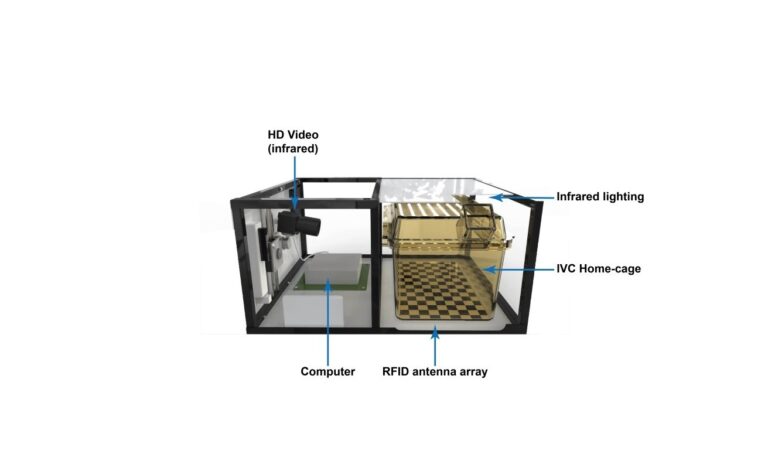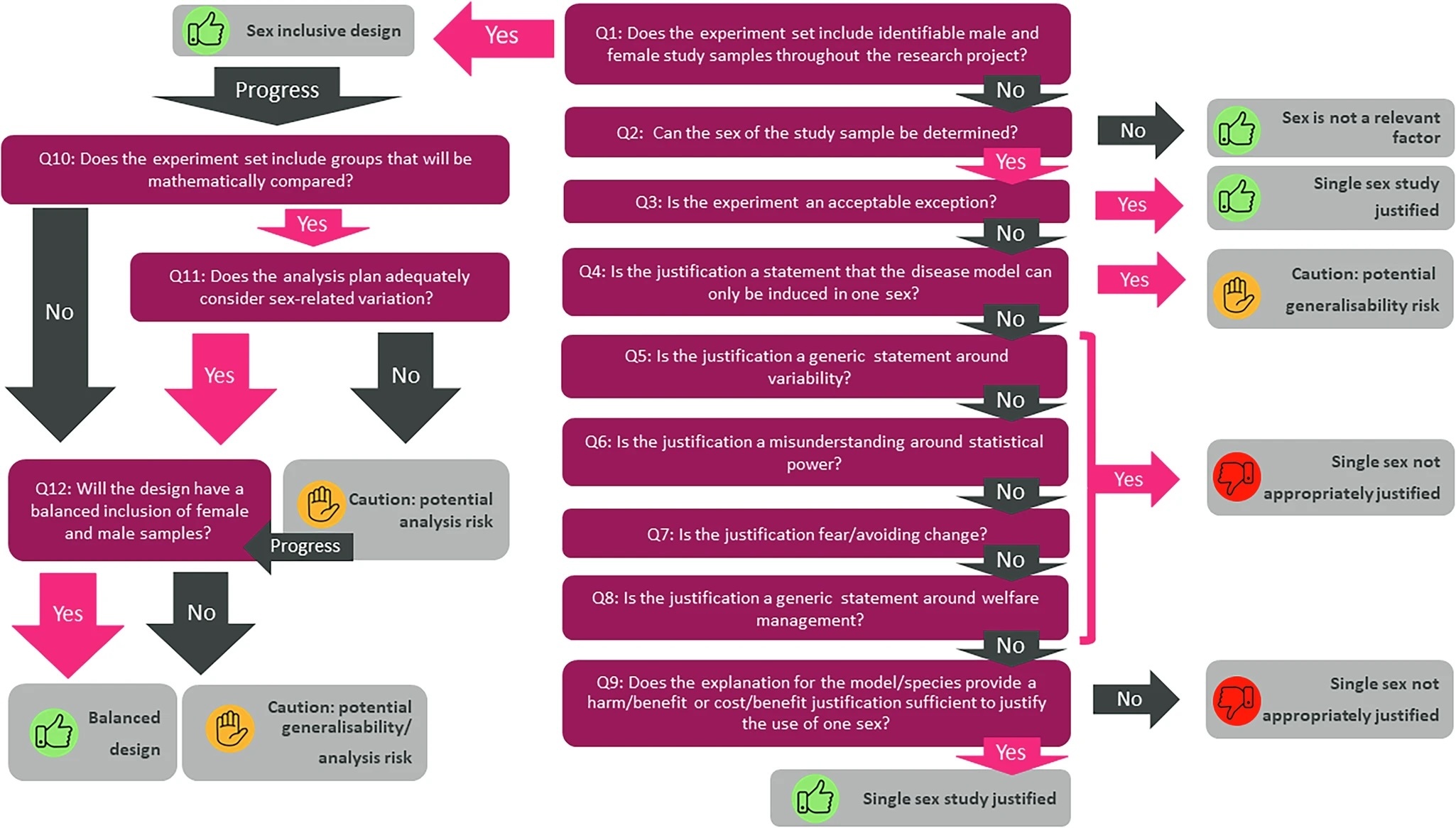Rodent Little Brother: A new way to study mouse behaviours Scientists at MRC Harwell have been working closely with Actual Analytics, Edinburgh as part of the NC3Rs’ CRACK IT initiative to develop a novel system for studying the behaviour of mice in their home cage.
Mice are used widely in research because they are mammals and are similar to humans in the way their bodies function and the genes they carry. Genetically altered mouse models are commonly used to investigate central nervous system disorders such as autism and neurodegenerative diseases such as Huntington’s disease. How mice are studied in the lab Mice are social animals and typically in a laboratory setting they are housed in small groups where they carry out their daily activities such as eating, sleeping, drinking, and grooming. In these ‘home cages’ they can interact with each other and often establish social hierarchies. A range of different ‘phenotyping’ tests have been developed to study the behaviour of mice in a quantifiable way. These tests, however, usually involve placing a mouse in a novel environment and in social isolation, which act as stressors and may confound the outcome of a test. Some tests require longer periods of social isolation which can adversely affect the wellbeing of the mouse, and even influence disease progression. Central nervous system and neurodegenerative diseases are often characterised by multiple phenotypes that are present over longer periods of time and can impact on social behaviour. Improving the science Scientists at MRC Harwell have been working closely with a technical development team at Actual Analytics to test new software which is capable of tracking the movements of three individual mice in group housed conditions. This method of studying mice is minimally invasive, only the insertion of a microchip is required (similar to microchipping household pets). The home cage is then placed in the ‘Home Cage Analysis System’ (HCA). The cage is placed on top of a base plate resembling a chess board, each ‘square’ connects to an antennae which can detect the movement of the microchipped mouse in that area. An infrared light source and camera is also used to record and analyse a range of additional behaviours in the home cage. The ultimate aim will be to record a collection of biologically meaningful home cage behaviours. In pilot studies, mice from three different strains were recorded over a number of days. Initial results have already revealed new insights into the behaviour of mice, particularly about their behaviour at night which is not normally recorded. For example, mice were most active just before dawn and for several hours into the light phase, which is not something seen in individually housed mice. It was also possible to see how external events, such as movement of a cage position by the handler, can affect the mice. Scientists were also able to visualise social interactions between the mice. Looking ahead Going forwards, this technology could help improve our understanding of the processes underlying complex central nervous system disorders, particularly when there is social impairment or more progressive changes at play. From a welfare perspective, HCA is minimally invasive and allows mice to be studied within their established social groups. Find out more To see the first paper on the Home Cage Analysis System click here



